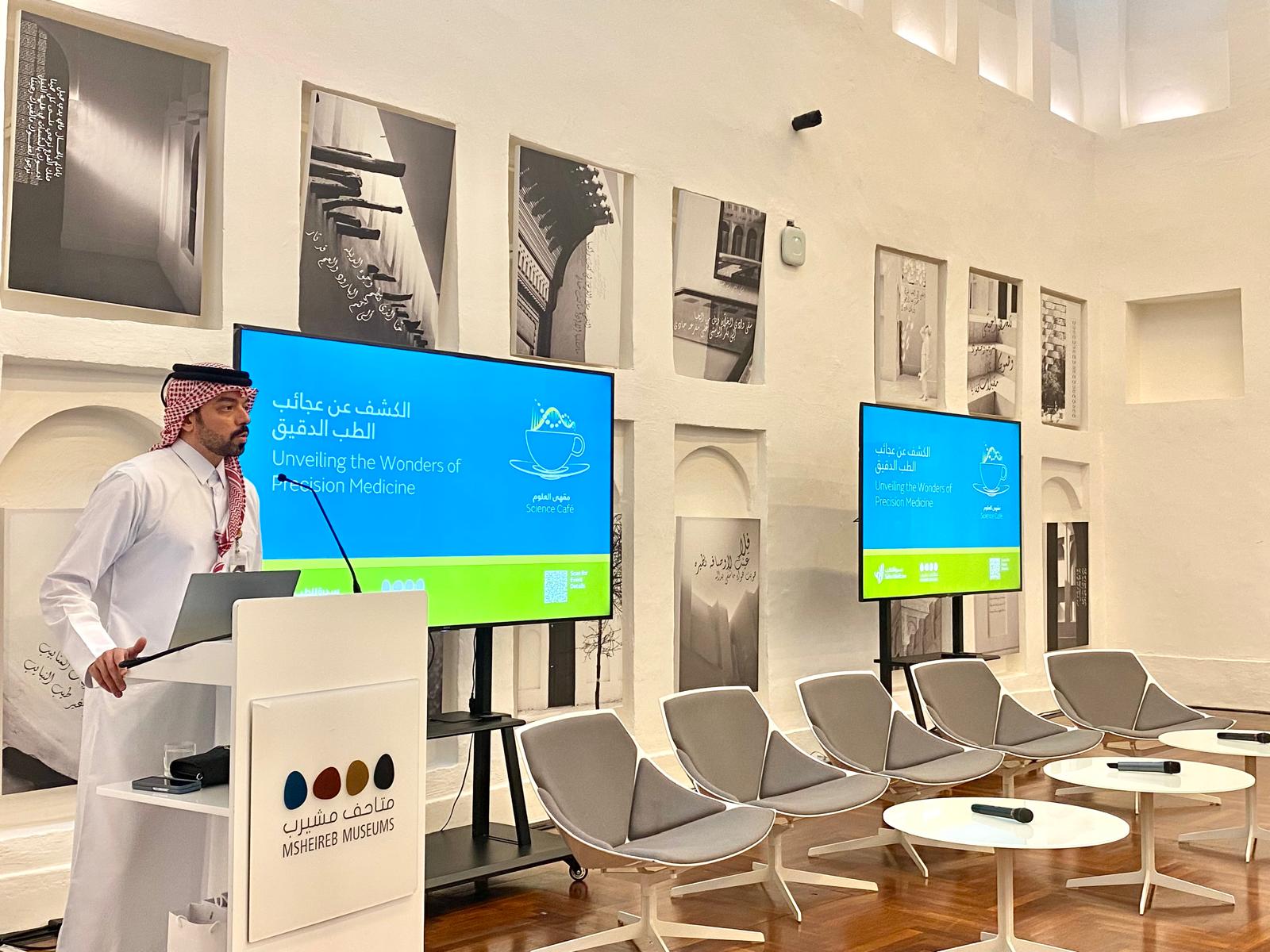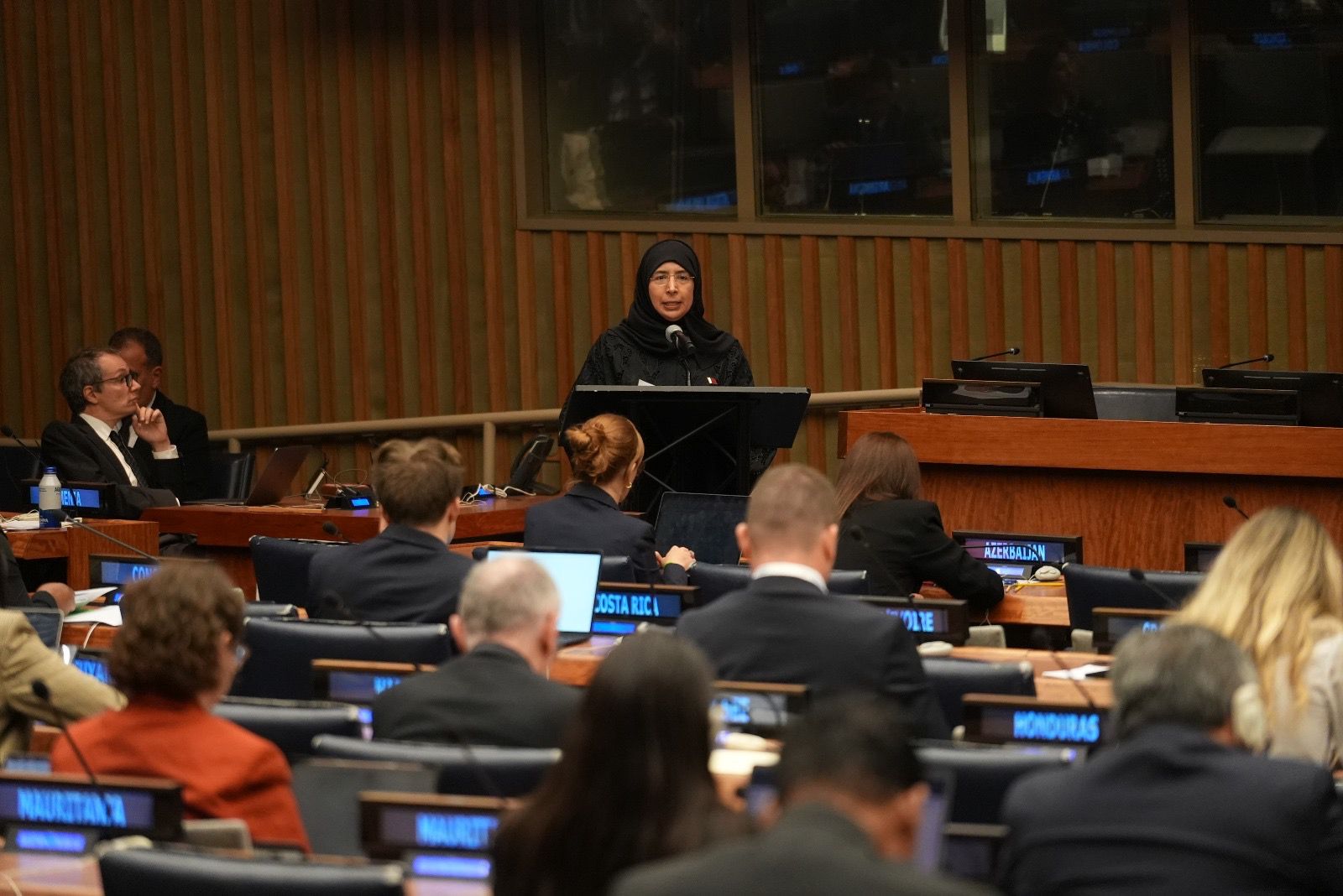Parents are urged to consult an ear, nose and throat (ENT) specialist if the symptoms occur constantly.
If your child begins complaining of a sore throat, frequent ear discomfort, or perhaps pain while swallowing food, your child’s complaints are probably linked to enlarged tonsils and adenoids.
Children commonly struggle with enlarged tonsils and adenoids at birth or due to an infection.
While the body parts are made up of lymphoid tissue that perpetually fight against common infection, they are also prone to infection during battle.
This happens once they are exposed to repeated infection, causing children between the ages of three to six to also have breathing difficulties.
Risk factors of enlarged tonsils and adenoids include chronic infections, causing streptococcal infection that can lead to rheumatic fever.
Causes
The enlargement of tonsils and adenoids has been attributed to various reasons, including exposure to bacteria, fungi-related viruses, parasite infections or allergies.
Infections can come in the form of viruses that include adenovirus, herpes simplex virus and influenza virus Epstein-Barr virus. Doctors might also find bacterial infection, belonging to group A beta-hemolytic streptococci.
Identify the symptoms
The key to treating your child is to respond to their symptoms.
Children with enlarged tonsils may experience coughing, unpleasant breath, sore throat, loss of appetite, pain while swallowing food and fever. Another symptom is in the colour of the tonsils, located in the back of the mouth, where they can turn red.
As for enlarged adenoids, the symptoms include breathing through the mouth, runny nose, snoring or gasping during sleep, nosebleed, sleep apnea or continuous ear infections. Children with enlarged adenoids, usually are lethargic and not focused on their studies or daily activities due to a lack of sleep.
While some children may have enlarged tonsils or adenoids without those symptoms, parents are urged to consult a general specialist or an ear, nose and throat doctor (ENT) specialist if the symptoms occur constantly.
How bad is it?
If undiagnosed and treated, enlarged tonsils and adenoids can cause complications.
One major complication is ear infections, caused by an infection or virus trapped behind the eardrum. As a result of the infection, swelling is seen in the infected area, causing pain and discomfort. It can, however, be treated with antibiotics.
Hearing loss may also occur due to the accumulation and blockade of fluid in the middle ear – potentially leading to speech problems.
Enlarged tonsils can cause sinus infections and colds, as children might also snore or struggle to breathe while sleeping.
Diagnosis
Diagnosis is key in prevention and treatment through regular visits to an ENT doctor.
Knowing the symptoms can help doctors diagnose the child through a physical examination of the mouth, neck and throat.
A simple cotton swab of the back of the child’s throat may help easily identify the infections or bacteria.
An endoscopy can also help identify the enlarged adenoids through a device called ‘endoscope’, attached with a camera that is inserted through the nose. In some cases, the doctor might recommend conducting an x-ray or a blood sample for a more precise diagnosis and detection of the infection.
Given that allergies may be the cause of the enlarged tonsils and adenoids, an allergy test may be required to detect the possible allergic reactions behind the symptoms.
Treatment
The good news is, enlarged tonsils and adenoids are easily treated and sometimes can return to their regular size without medical treatment.
Once diagnosed, treatment options can be laid out depending on the type of infections.
There are invasive and non-invasive treatment options that help address the issue.
If a child has a bacterial infection, they can be treated using antibiotics, acetaminophen, throat lozenges or nasal spray to reduce the size of the adenoids and ease the child’s breathing. Those with a bacterial infection are also advised to increase their fluid intake.
As for recurring infections, doctors might recommend a tonsillectomy and adenoidectomy, both of which are surgical procedures to remove the infected tissues.
The doctor will make the decision on whether to completely or partially remove the tissues based on the severity of the infection.
Dr Nazar Moopan is an ENT Specialist at Aster Medical Centre – C ring Road.







